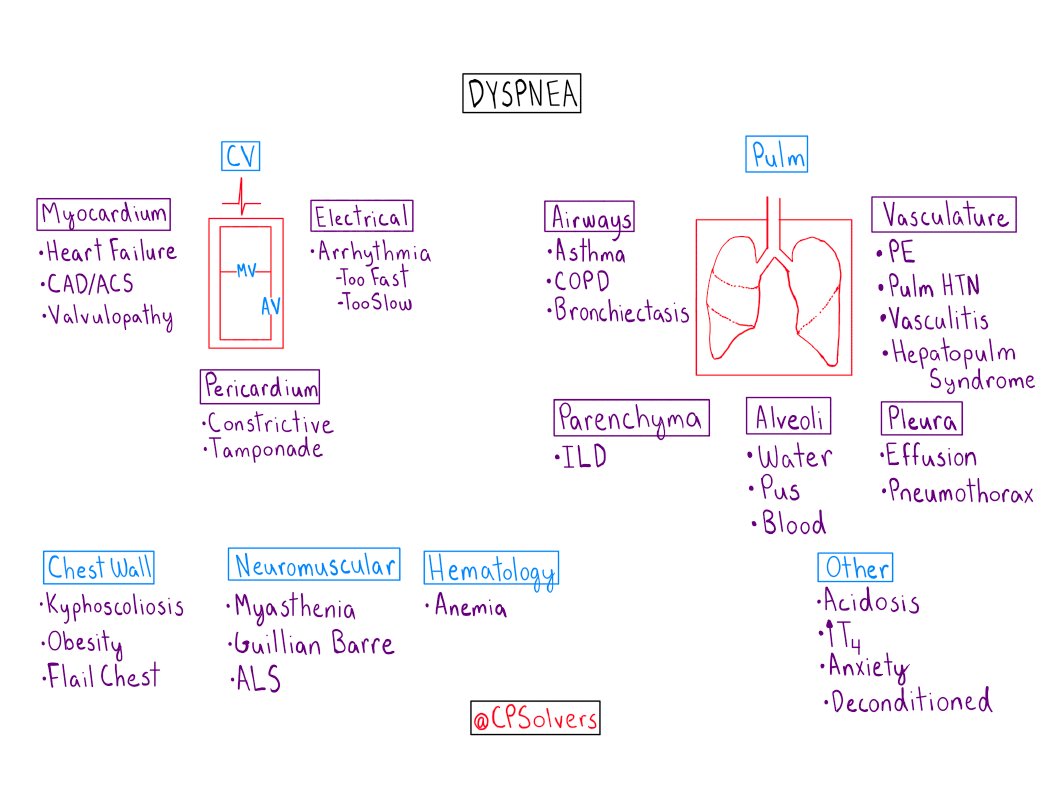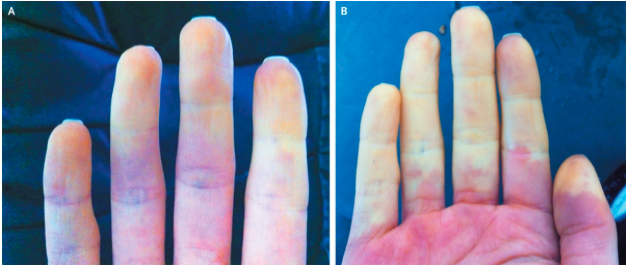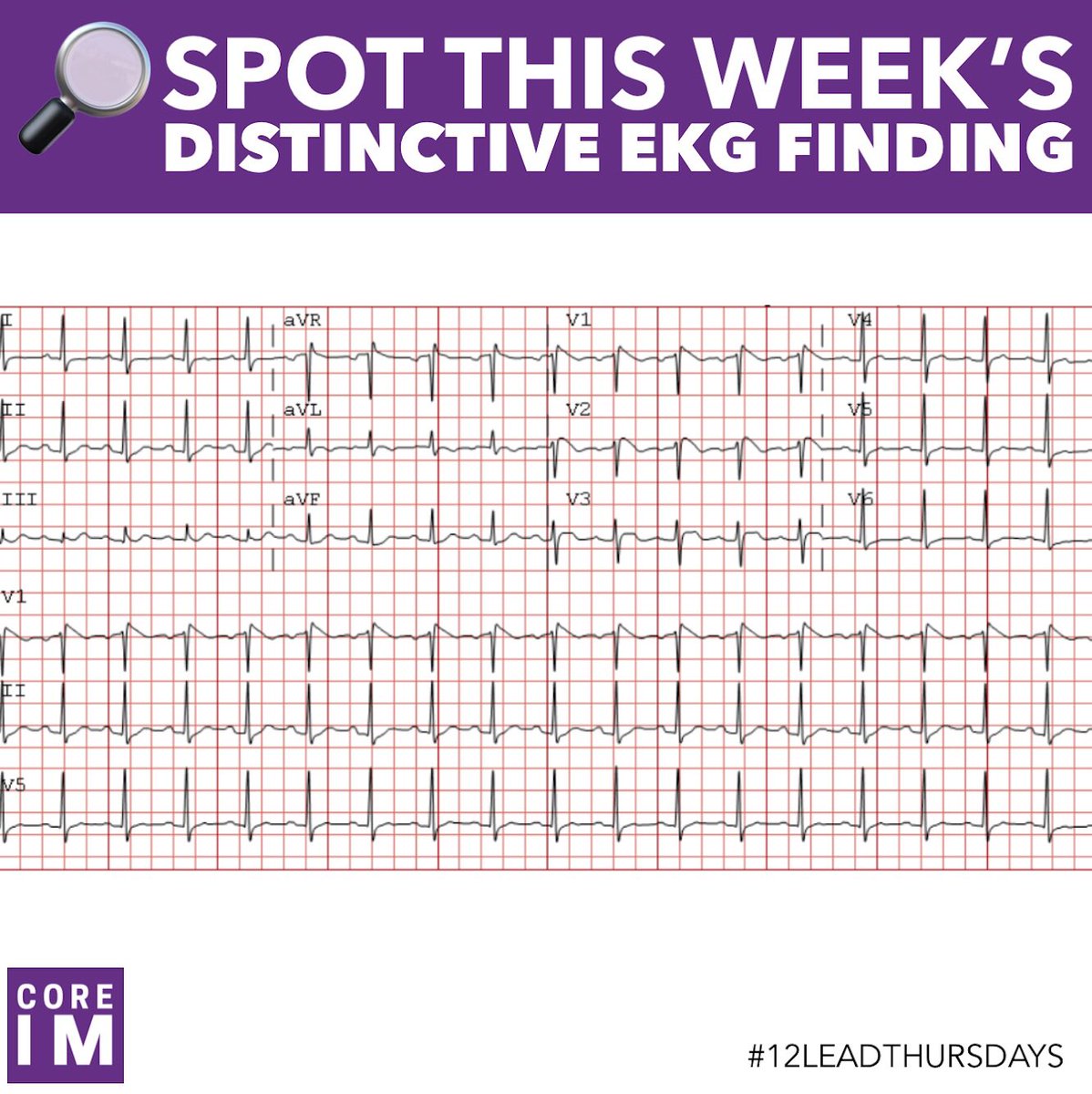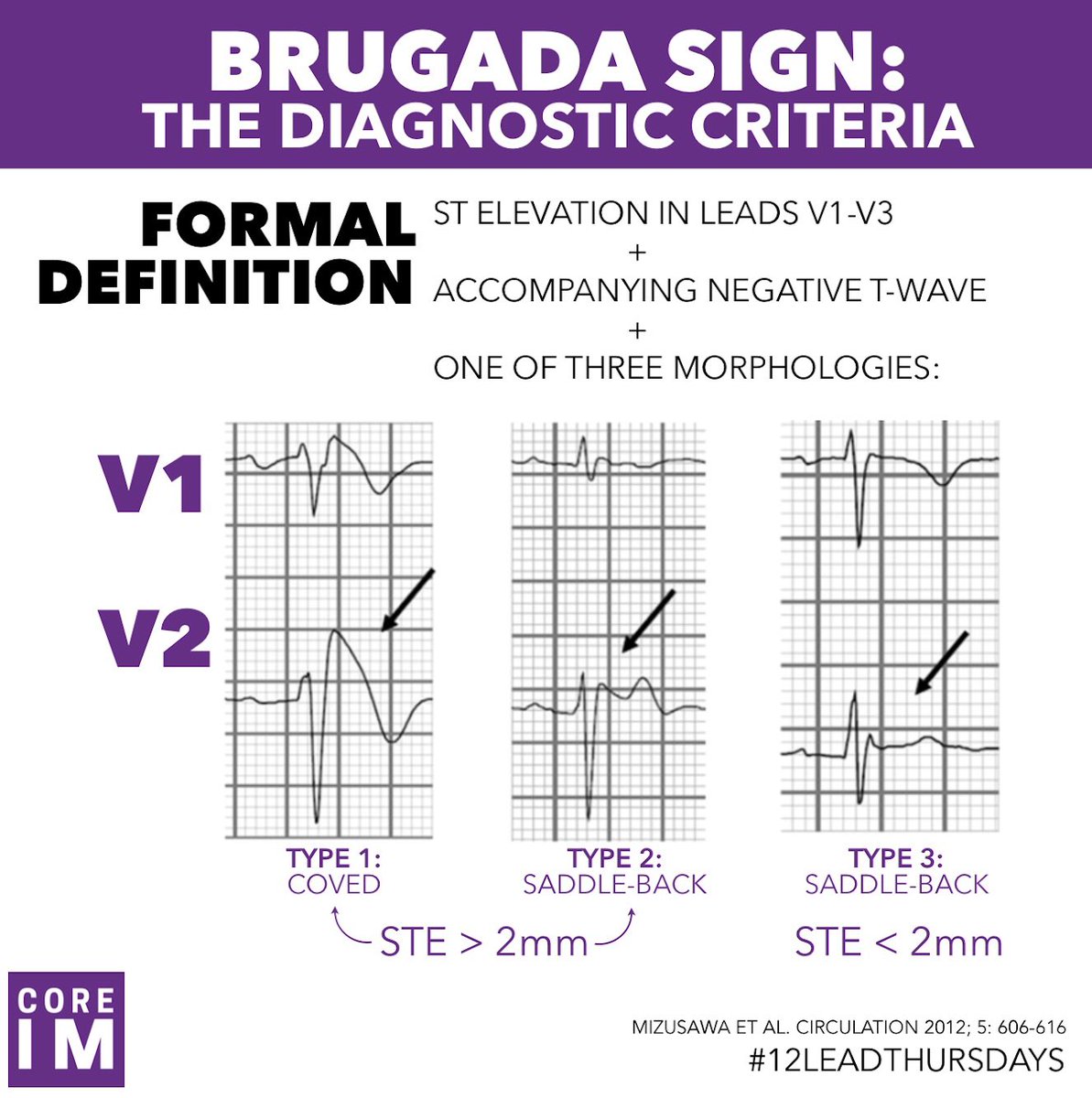Follow along and let us know how you’re thinking about the case!
Today’s chief complaint is fever & abdominal pain.
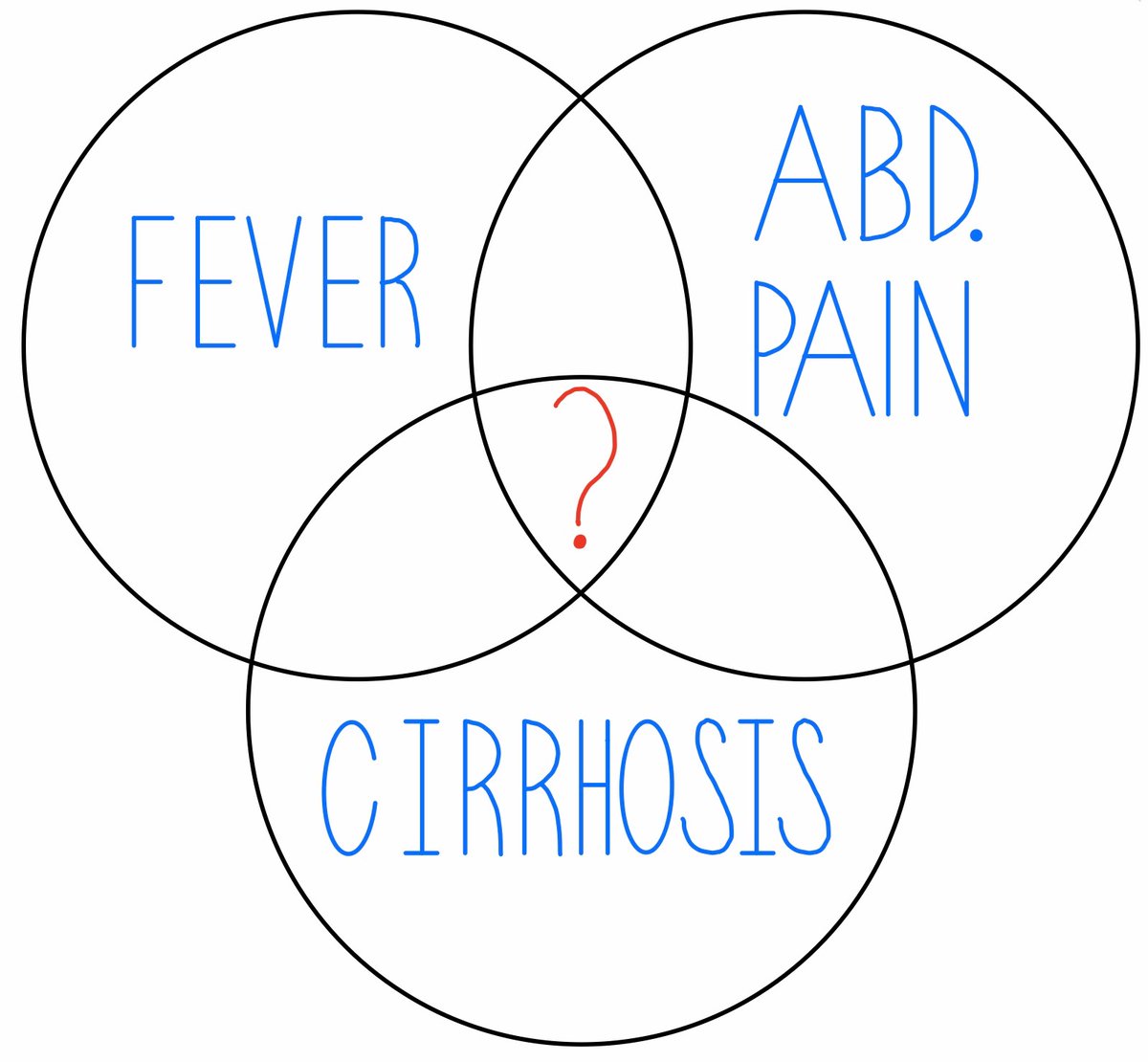
She has a fever to 38.6C, scleral icterus, a diffusely tender abdomen, and a positive fluid wave.
What clinical reasoning tool can you use to determine how each exam finding impacts the probability of ascites?
By how much does the LR of 5 alter the probability of our patient having ascites?
Is there portal HTN?
How do the WBC & neutrophil counts help you determine whether or not the ascitic fluid is infected?
For these answers & more pearls, check the blog tomorrow for a new post in the “Clinical Reasoning Corner”
In the meantime, review @jackpenner’s first post here: bit.ly/31t7Xmw
Thank you for reasoning with us!






